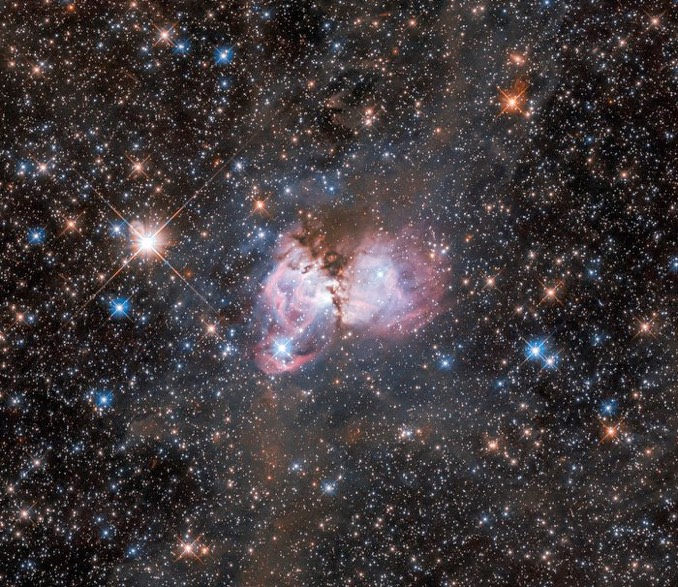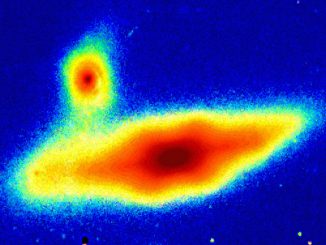The vast Tarantula Nebula in the Large Magellanic Cloud is the largest stellar nursery in the local universe and as such, an ideal laboratory for studying the birth and evolution of massive stars. This region on the outskirts of the Tarantula, known as LHA 120-N 150, features an exceptionally high concentration of massive suns. Theory suggests such stars should form within star clusters, but about 10 percent of those found in LHA 120-N 150 seemingly formed in isolation. Astronomers are using the Hubble Space Telescope to better understand whether the isolated stars truly formed alone or simply moved beyond the clusters in which they were born.




